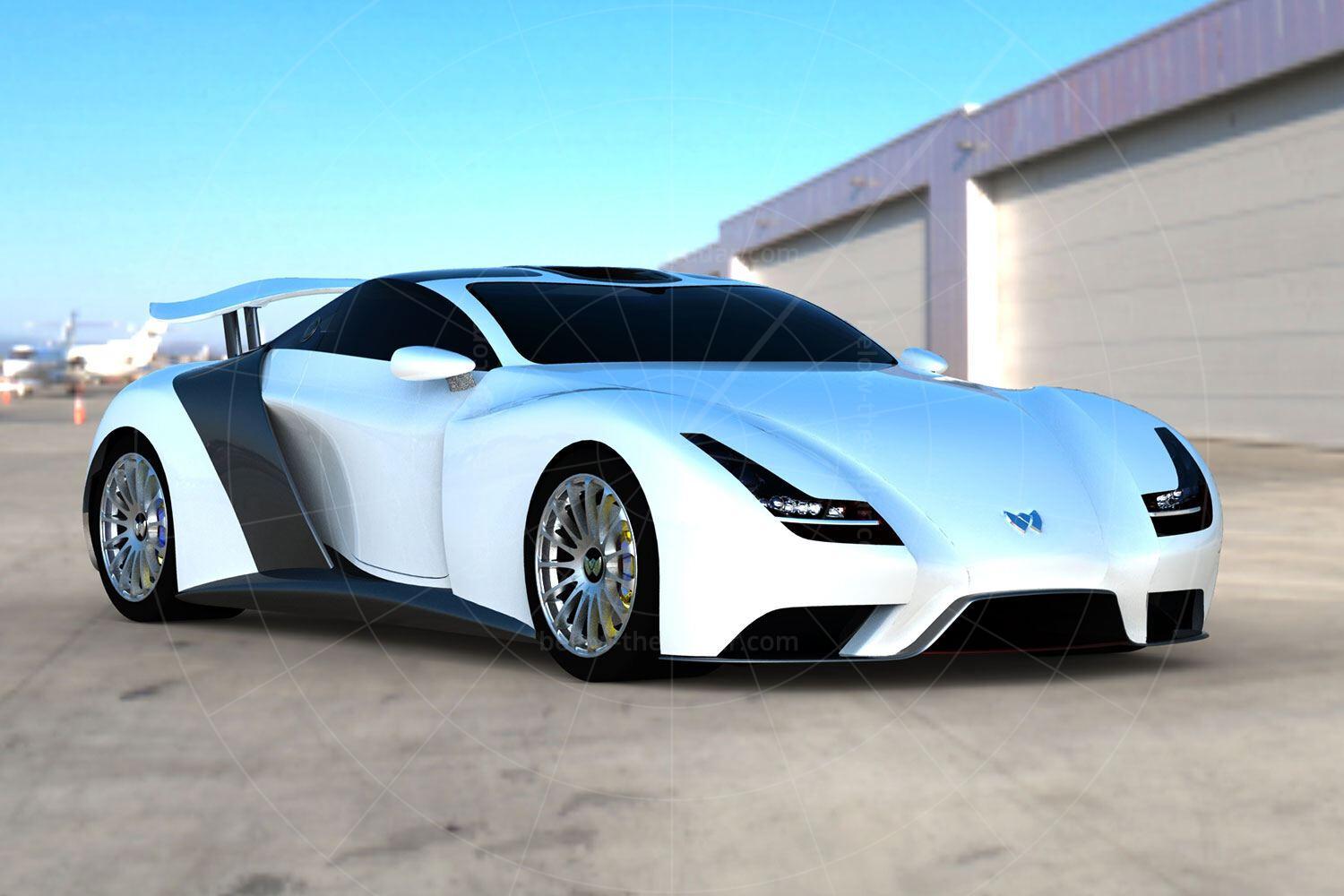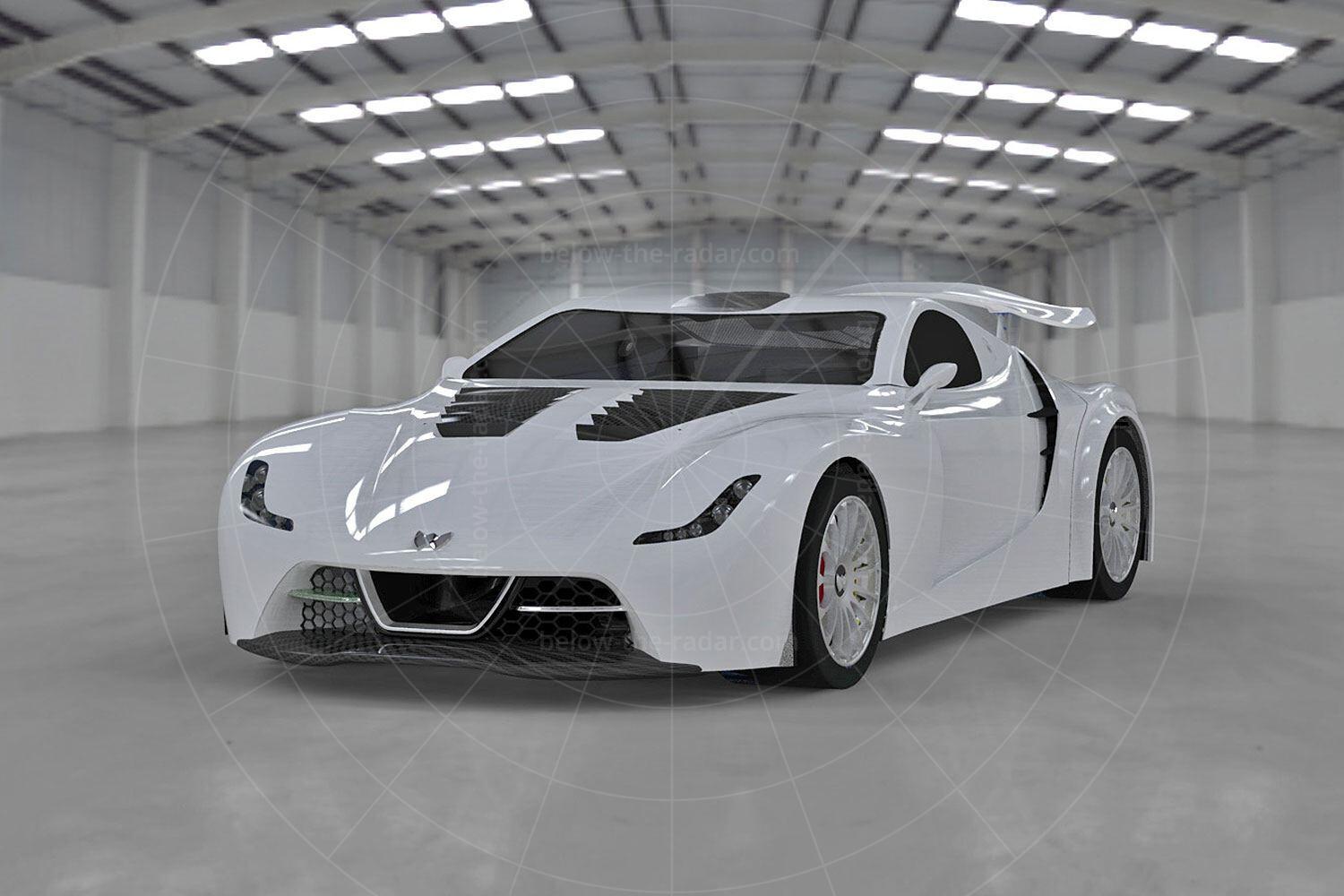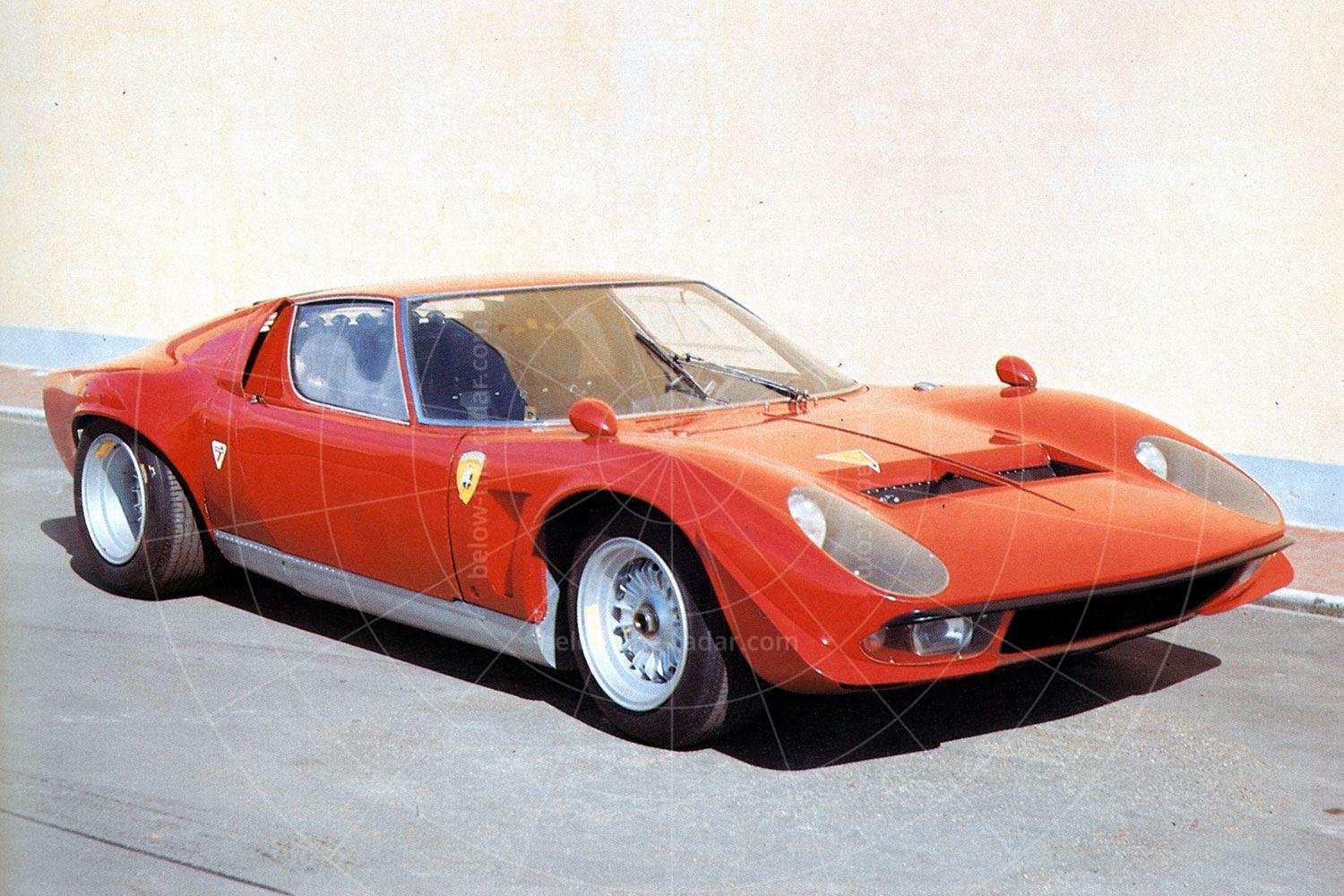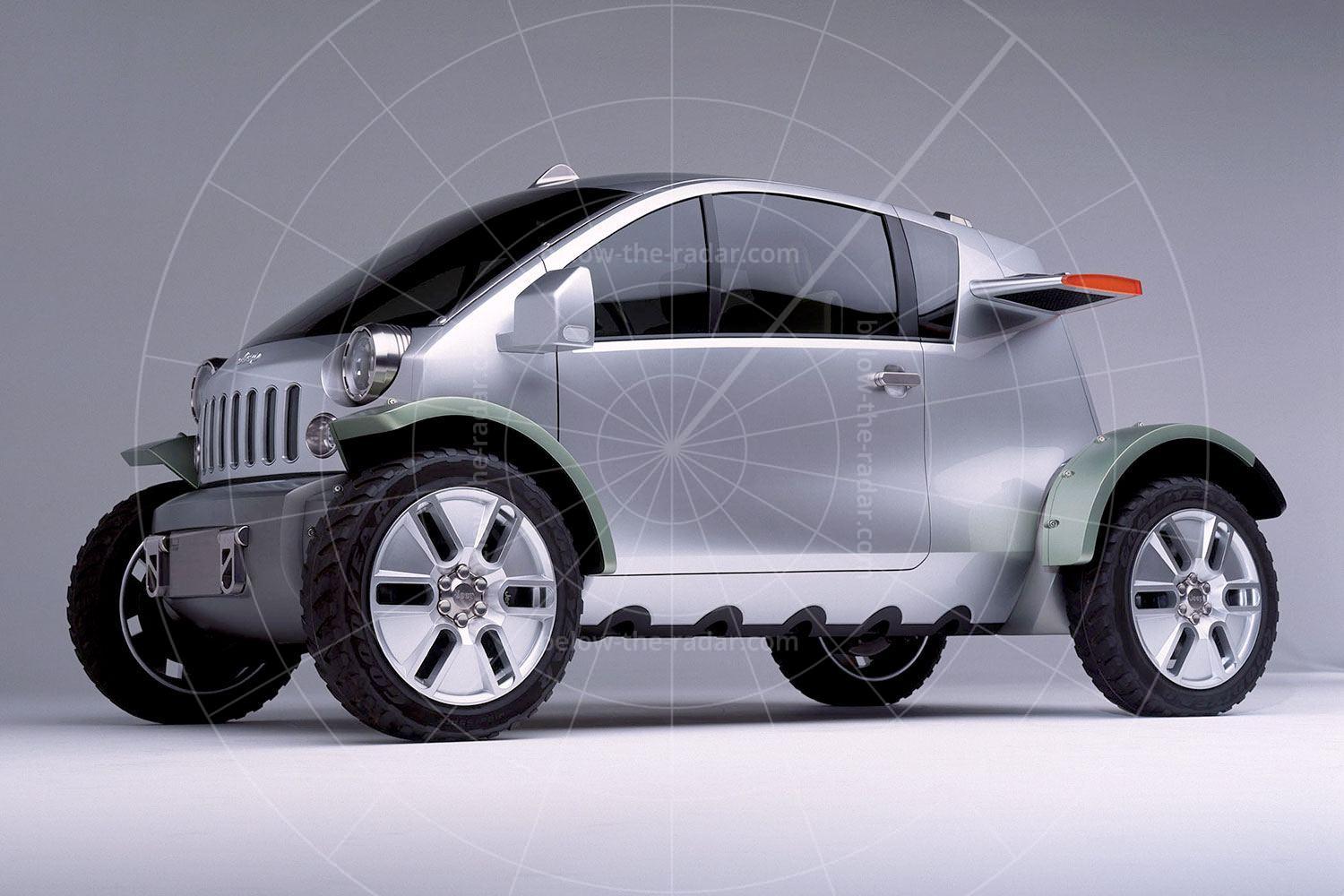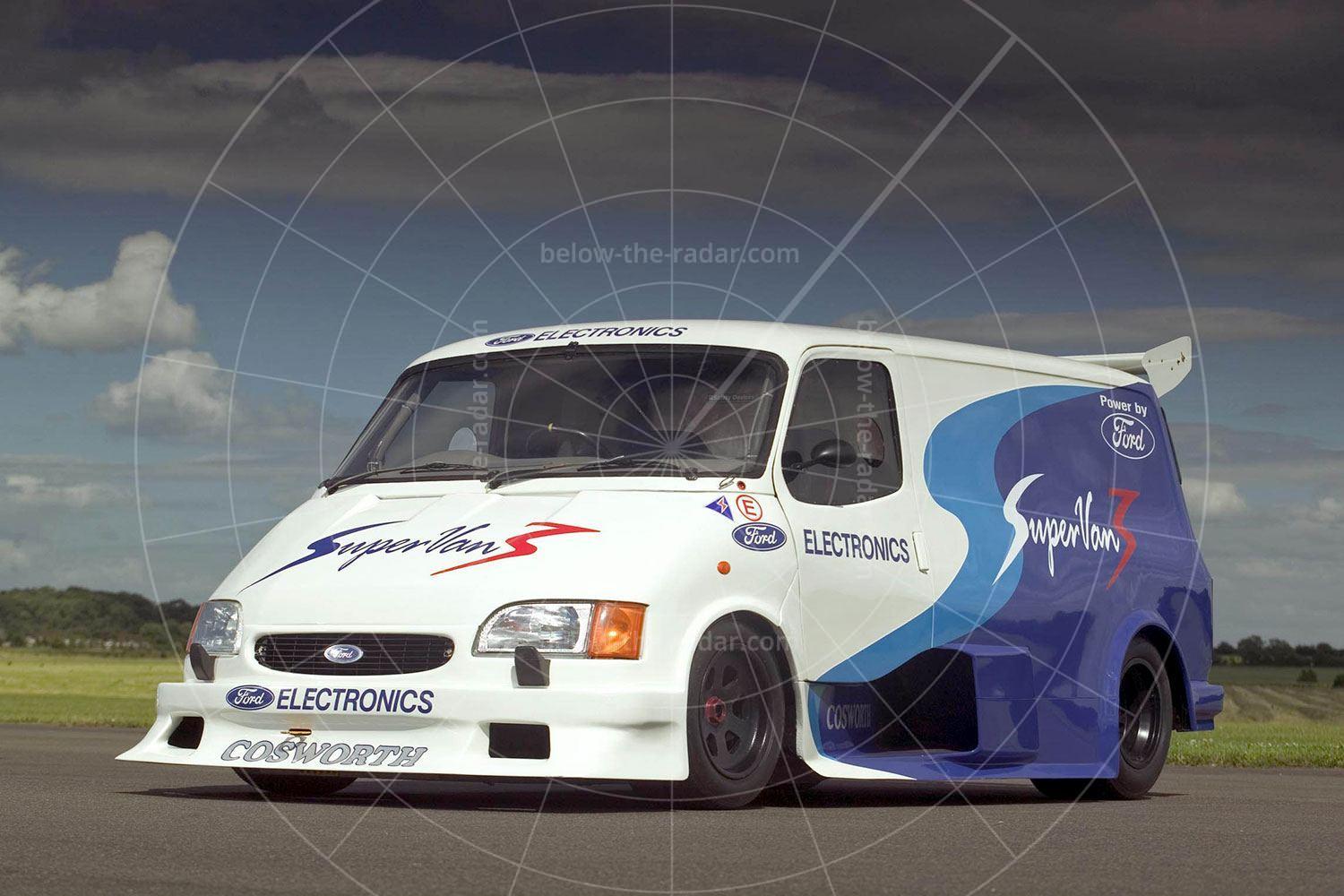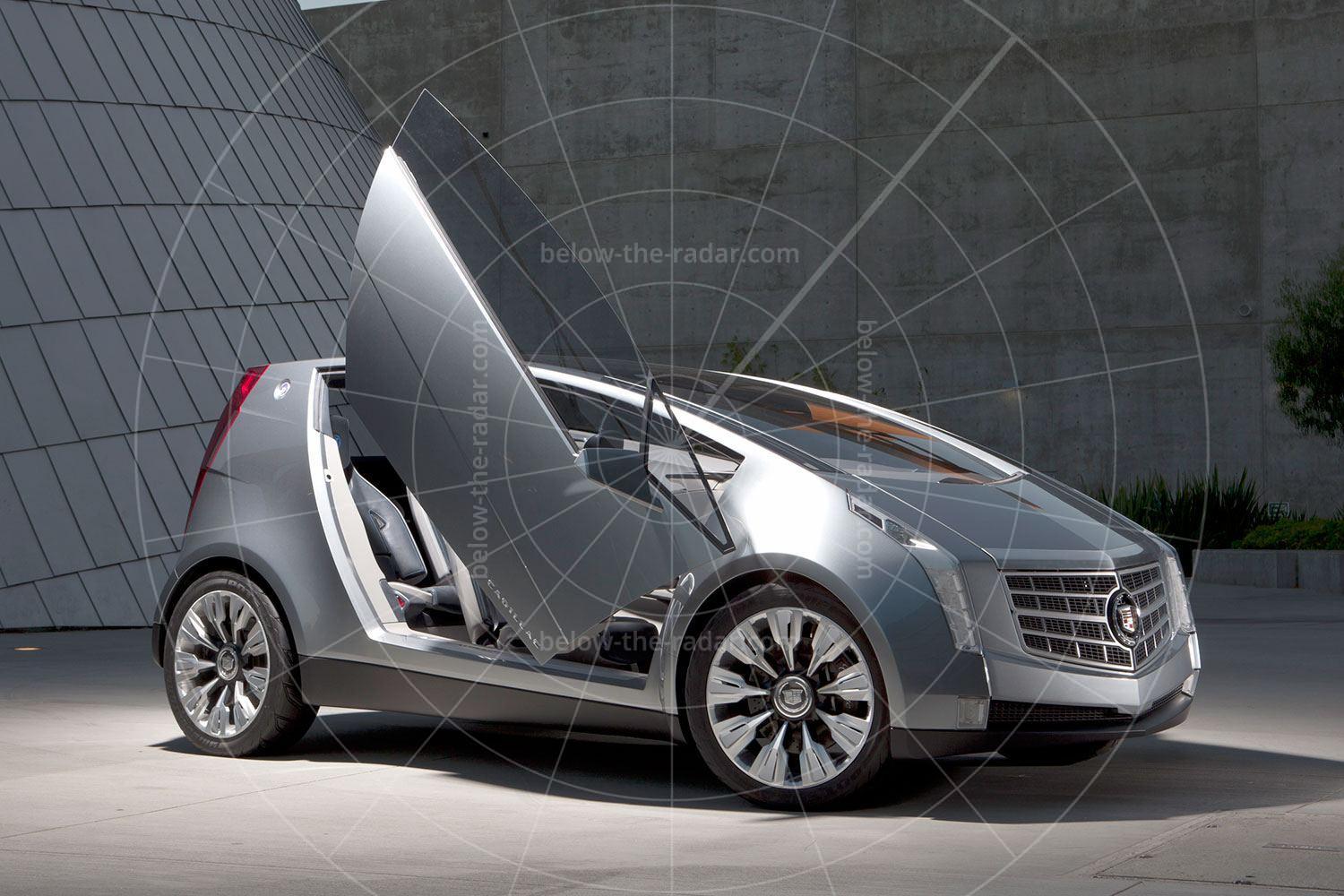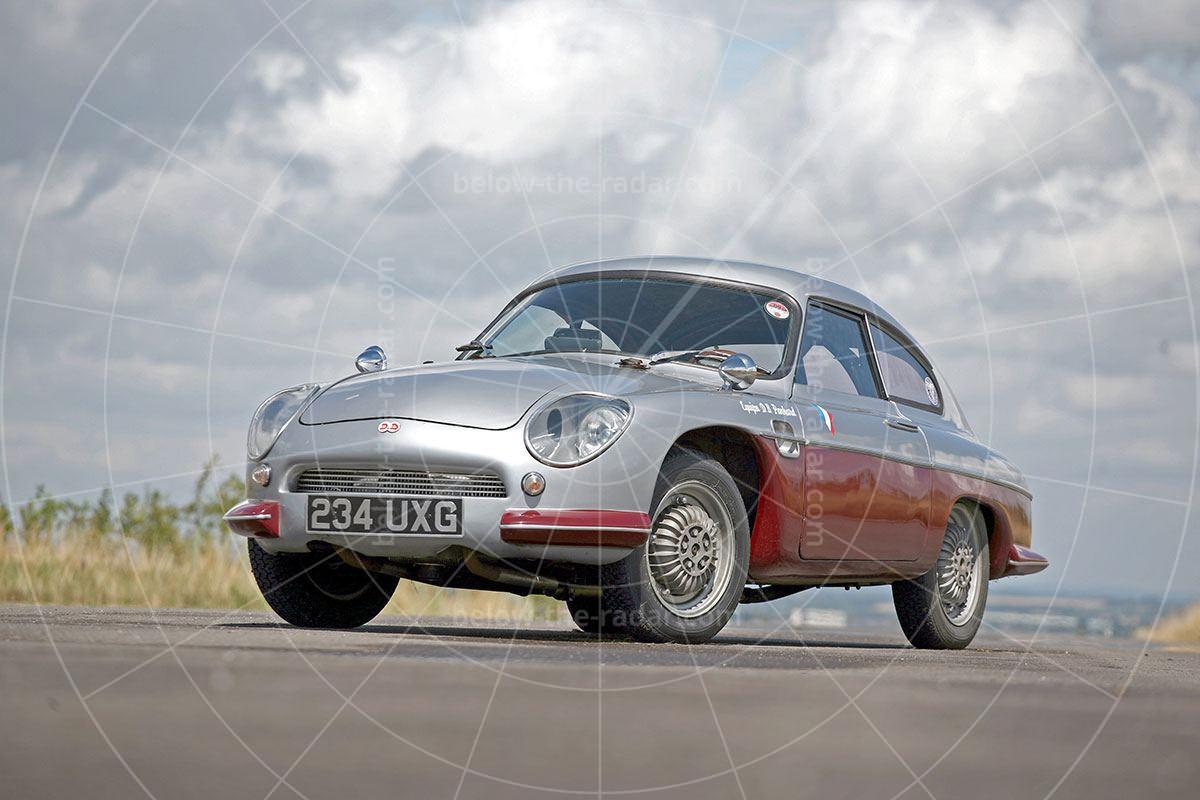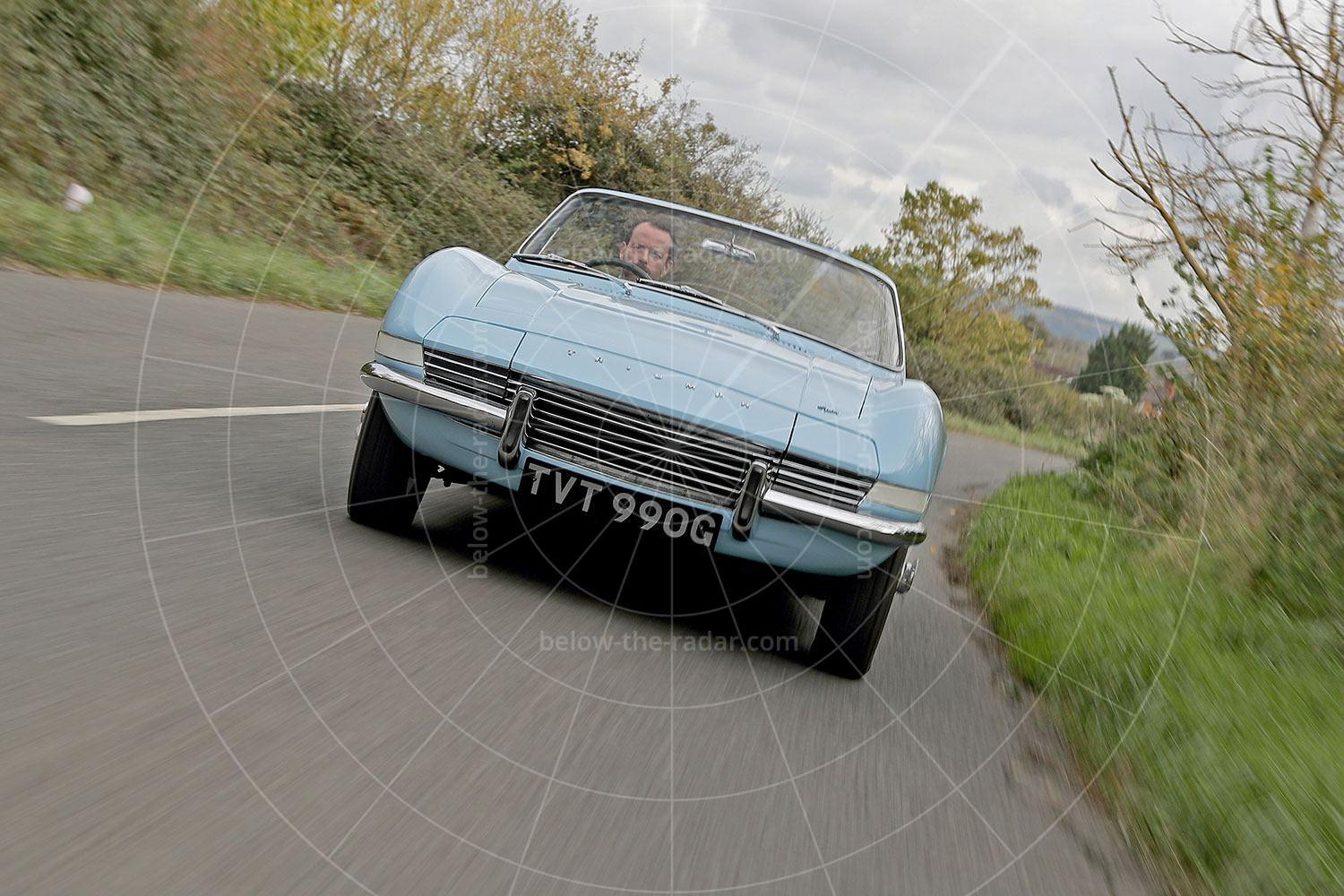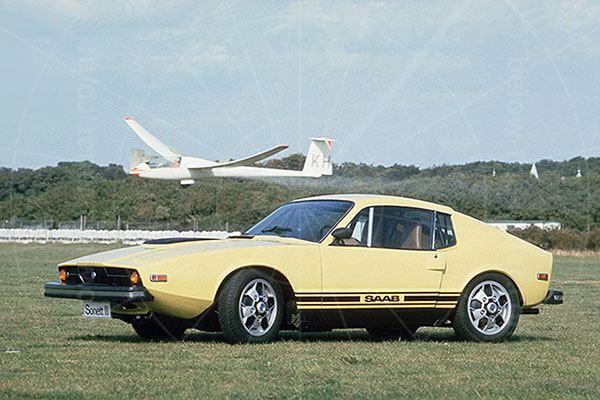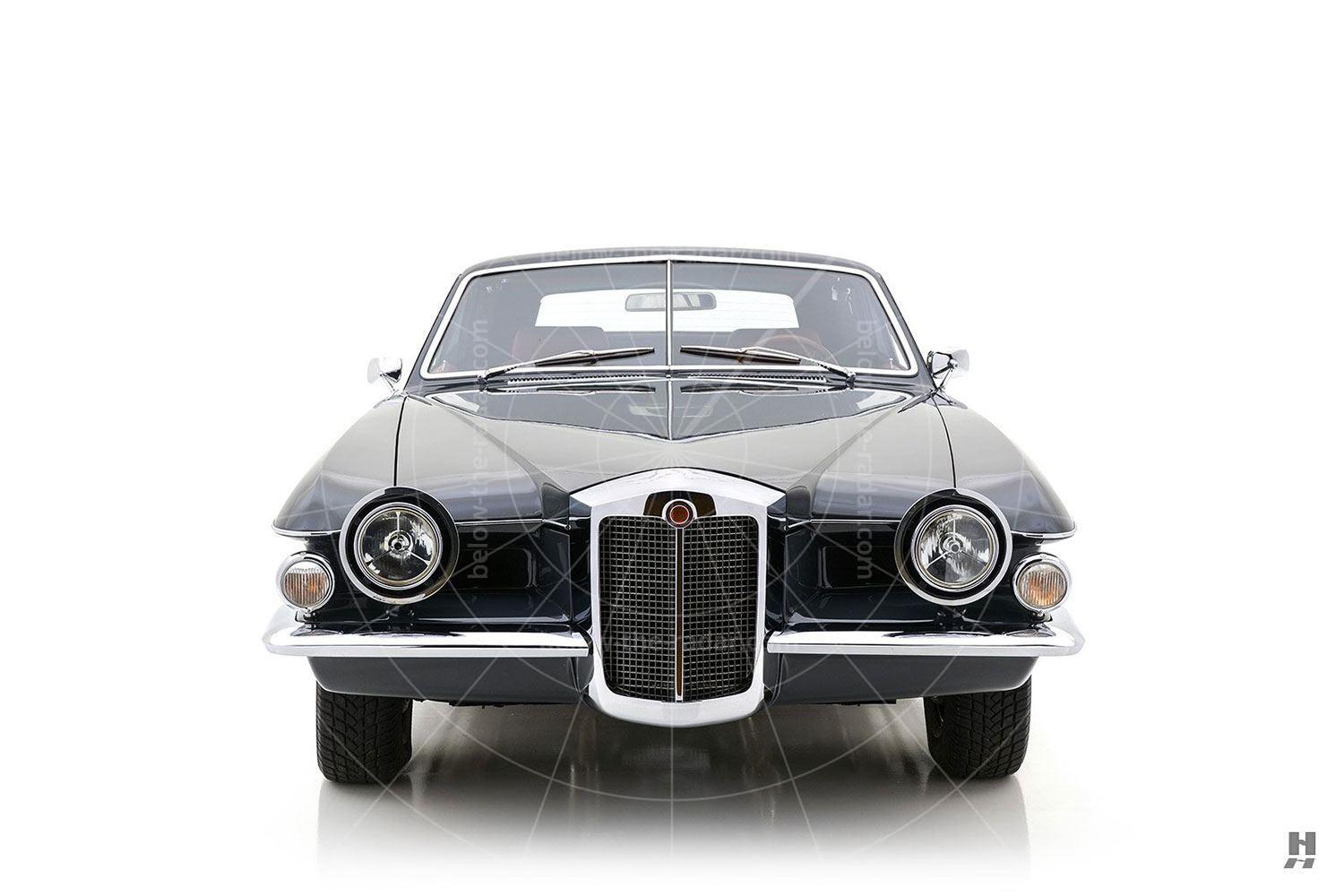The problem with setting out to be the best, in a world of well-financed big players, is that you've got a mountain to climb when it comes to raising the capital as well as meeting expectations. So when Swiss businessman Roman Weber decided in 2002 to build the world's fastest street-legal car, he set himself quite a task, and arguably an impossible one at that.
In 2007 he unveiled his Weber Faster One prototype, which was spectacularly ugly but undeniably high-tech. No doubt wounded by the press coverage focusing more on the car's challenging looks than its ability to hit extremely high speeds (not that anybody ever got to find out just how fast the car was), a new Weber Faster One was released in 2013.
The most obvious change was an all-new bodyshell which wasn't nearly as visually challenging as its predecessor, although it was still hardly what you could call a looker; the fresh design came courtesy of New York-based Richard Amiel. As with the first take on the Faster One theme, the new car featured a carbonfibre bodyshell that weighed just 65kg. The lack of door handles was carried over from the original prototype, and as before there was an air brake which provided up to 4000 newtons of extra stopping power when decelerating from high speeds.
Under that bodywork was a fresh source of motive power. The intelligent four-wheel drive transmission that featured a six-speed semi-auto gearbox was carried over, but gone was the twin-supercharged Chevrolet V8 and in came a twin-turbo BMW 5.6-litre V10 instead, now rated at 1183bhp instead of the rather puny 888bhp of the first car. Worried that this might not be enough in a fast-changing world of top-end hypercars, Weber envisaged incorporating F1-style KERS (Kinetic Energy Recovery System) tech to turn the Faster One into a hybrid with up to 1600hp (1578bhp).
Intriguingly, despite the Faster One Mk2 having around a third more power and torque as its predecessor (without the KERS tech in place), Weber quoted the same performance figures for both editions: 0-62mph (0-100kmh) in 2.5 seconds, 0-124mph (0-200kmh) in 6.6 seconds and 0-187mph (0-300kmh) in just 16.2 seconds.
The rest of the running gear was carried over from the original Faster One prototype, including the 20-inch wheels and 12-piston ceramic brakes, along with height-adjustable double-wishbone suspension front and rear.
Although the first 'production-ready' second-generation Weber Faster One was shown as long ago as April 2013, the project seems to have quiet since then, as Weber tries to find investment to put his supercar into proper production. So whether or not we'll ever see the car built in any quantity remains to be seen. But if there's one thing that many of the stalled projects on Below The Radar have in common, it's that a lack of finance scuppered their chances of ever being a production reality.
- There's more information on the official Weber Sportcar website.
| Vital statistics | |
|---|---|
| Engine | Mid-mounted, 5600cc, twin-turbo V10 |
| Transmission | 6-speed semi-auto, four-wheel drive |
| Power | 1183bhp at 7000rpm |
| Torque | 921lb ft at 4200rpm |
| Top speed | 400kmh+ (250mph, claimed) |
| 0-62mph | 2.5 seconds (claimed) |
| Price | 1,620,000 swiss francs |

